2017 Toyota C-HR Owner's Manual
The Toyota C-HR mini-crossover is based on the moulds of the concepts of the same name: the first was shown in 2014 at the Paris Motor Show, the second – a year later at the Frankfurt Motor Show. The production car inherited from the prototypes large wheel arches, the shape of the stampings on the sidewalls, a coupe-like silhouette and headlights that are stretched almost to the top edge of the bonnet. Even its name conceals a commitment to the ideas of a conqueror of urban spaces – C-HR stands for Coupé High-Rider.
The C-HR was developed by specialists from Toyota Motor’s Japanese and European divisions, and its design was created by Toyota’s ED2 studio in France. The C-HR is the second model based on the TNGA (Toyota New Global Architecture) platform after the fourth-generation Prius hatchback. According to the Japanese brand’s engineers, this architecture ensures a low centre of gravity with a “commanding” driver’s position, close to optimal weight distribution between the axles and the possibility of installing a hybrid powertrain.
The overall length of the Toyota C-HR is 4360 mm, width – 1795 mm, height – 1565 mm, wheelbase – 2640 mm, ground clearance – 160 mm. Thus, the C-HR is 225 mm longer and 30 mm wider than the Nissan Juke. In terms of the distance between the front and rear axle, the C-HR wins 110 mm over the Juke, and their height is the same. The front suspension of the C-HR crossover has MacPherson struts, the rear has a multi-link, the trunk volume is 297 litres (the second-row backrests fold down in a 40:60 ratio), and the power steering is electric.
In our market, the Toyota C-HR is offered with two four-cylinder petrol engines: a 2.0-litre 3ZR-FAE (148 hp, 189 Nm) and a 1.2-litre 8NR-FTS turbo (116 hp, 185 Nm). The atmospheric engine is mated to a Multidrive S variable speed gearbox and front-wheel drive. The turbocharged engine can be paired with a 6-speed manual (front-wheel drive) or with a variator (all-wheel drive with a multi-disc clutch).
In this regard, the dynamic characteristics of the versions differ minimally. “The two-litre C-HR accelerates from 0 to 100 km/h in 11 seconds and consumes 6.9 litres of petrol per 100 km in the combined cycle. The modification with a 1.2-litre engine and an automatic transmission gains “hundreds” in 10.9 seconds and consumes 6.3 litres/100 km according to the passport. The Toyota C-HR with a turbo engine, variator and all-wheel drive accelerates from 0 to 100 km/h in 11.4 seconds and consumes 6.6 litres of fuel per 100 km in the combined cycle. The top speed of the Toyota C-HR with a 2.0-litre engine is 195 km/h, while versions with a 1.2-litre engine accelerate to 180 km/h (variator) and 190 km/h (manual transmission).
We also have Toyota owner's manuals for other years:
Need help?
Please ask your questions about the 2017 Toyota C-HR on this page below.
Describe your 2017 Toyota C-HR problem in as much detail as possible so that it is easier for us to give you an answer.
We will do our best to answer each request.
Ask your question on the page "Need Help"!

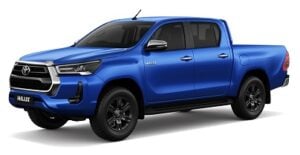 2019 Toyota Hi...
2019 Toyota Hi... 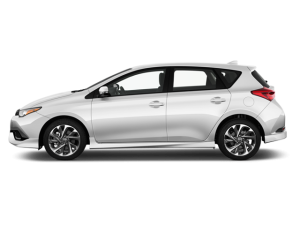 2021 Toyota Co...
2021 Toyota Co... 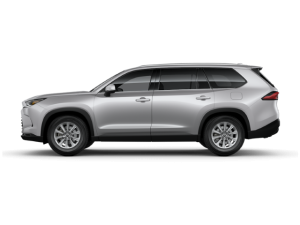 2024 Toyota Gr...
2024 Toyota Gr... 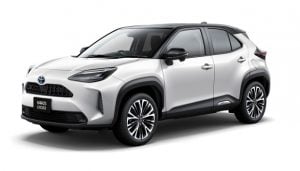 2023 Toyota Ya...
2023 Toyota Ya... 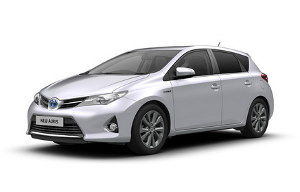 2018 Toyota Au...
2018 Toyota Au... 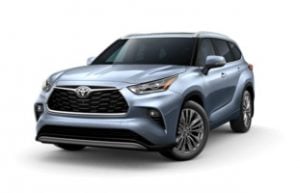 2013 Toyota Hi...
2013 Toyota Hi... 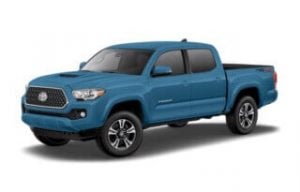 2019 Toyota Ta...
2019 Toyota Ta... 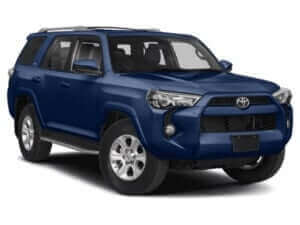 2008 Toyota 4r...
2008 Toyota 4r... 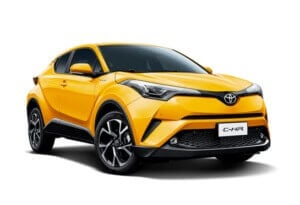 2018 Toyota C-...
2018 Toyota C-... 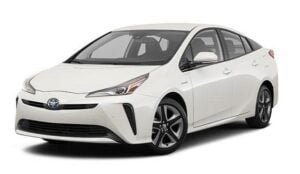 2003 Toyota Pr...
2003 Toyota Pr... 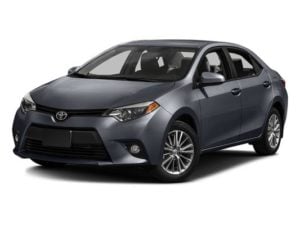 2018 Toyota Co...
2018 Toyota Co... 
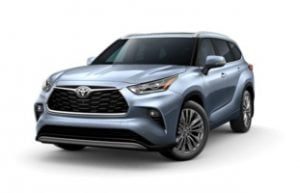 2024 Toyota Hig...
2024 Toyota Hig... 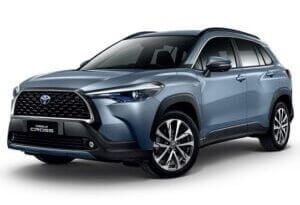 2024 Toyota Cor...
2024 Toyota Cor... 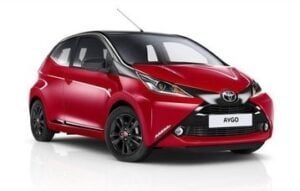 2024 Toyota Ayg...
2024 Toyota Ayg... 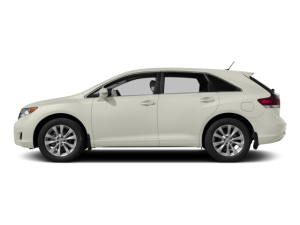 2016 Toyota Ven...
2016 Toyota Ven... 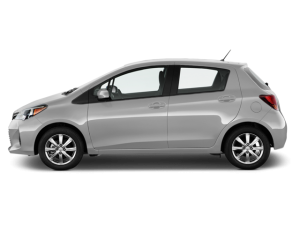 2020 Toyota Yar...
2020 Toyota Yar...